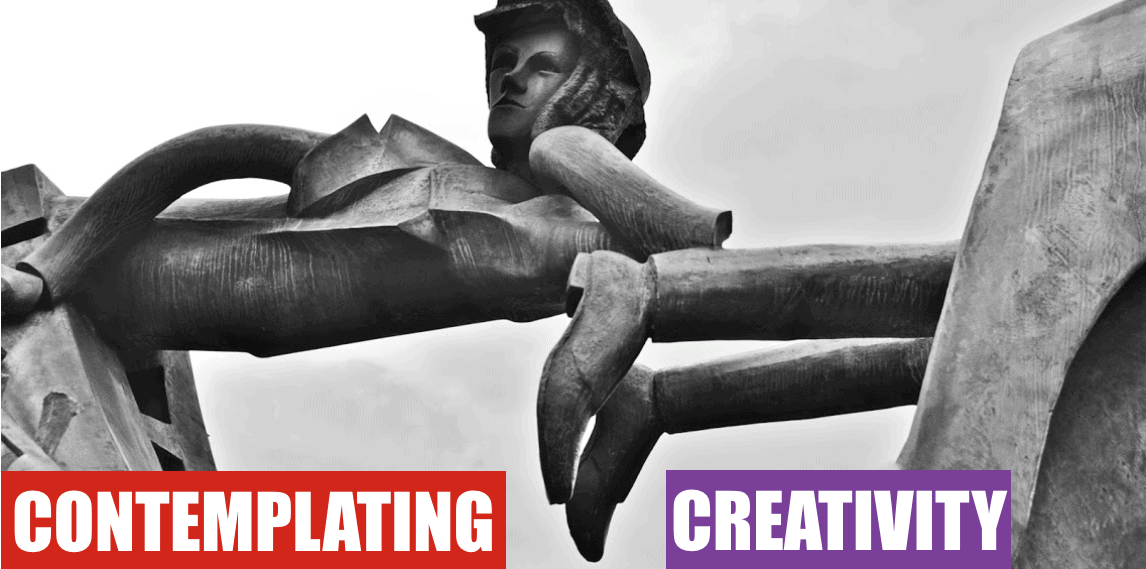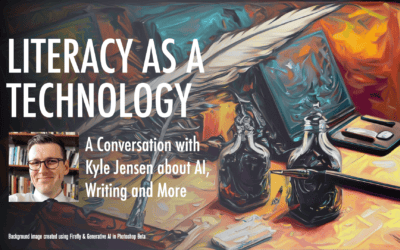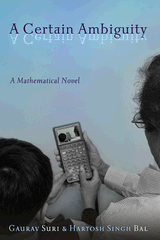Marco Tempest is magician who loves technology, or a techno-geek who happens to be a good magician. He brings an unique amalgam of high-tech and magic to his shows (see this article for details), but that is not what is most impressive about his work. What is impressive is his relatively low-tech side, the one that loves to puzzle viewers with nothing more than a cell-phone camera. These short videos are always single, extended takes, with no editing or post-production whatsoever!! These videos, many of which are hosted on youtube, have to be seen to be believed. The level of creativity, ingenuity, planning and timing is just amazing. Here is one:
Bruce Tognazzini famously saw a parallel between magic and software design… I can also see a parallel between magic and education, to capture the mind of the viewer, to make them think. I must add though that it is important in the case of education (and not necessarily the case in magic or software design) that the curtain be pulled down and the subterfuge revealed. That said, the power of the first aha! moment cannot be denied.
I guess in parallel to my question of, how does a technology become an educational technology, is the question, how does a technology become a magical technology?



 A Certain Ambiguity: A Mathematical Novel is a book written by two of my high school friends, Gaurav Suri and Hartosh Singh Bal.
A Certain Ambiguity: A Mathematical Novel is a book written by two of my high school friends, Gaurav Suri and Hartosh Singh Bal. 
0 Comments